MORE QUESTIONS TO RIBER HANSSON
by Francisco Punal Suarez / Spain
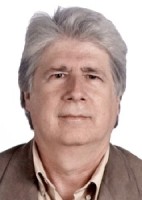
The European Cartoon Centre of Kruishoutem, Belgium, will open on January 26th, an exhibition of prominent Swedish illustrator and cartoonist Riber Hansson, a valuable representative of satirical humor, with an internationally recognized career. His work even appears in several newspapers over the world. In 2007 he won the first prize at the World Press Cartoon, held in the Portuguese town of Sintra, with a picture of Putin, and in 2012, the third prize, with a caricature.of.Berlusconi. I will ask him some questions about this important exhibition.
*****
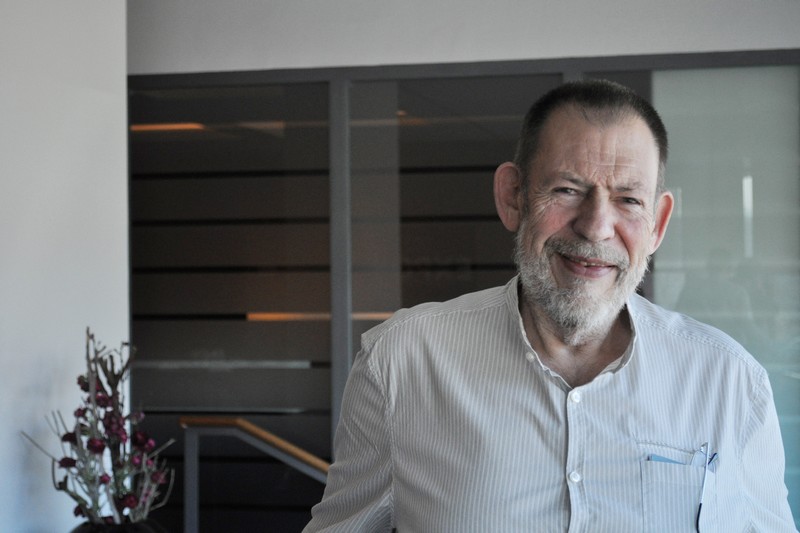 Riber Hansson – prominent cartoonist and illustrator from Sweden
Riber Hansson – prominent cartoonist and illustrator from Sweden
*****
Francisco PUNAL SUAREZ: How many of your cartoons are exposed at the exhibition?
Riber HANSSON: I’m really very happy to have been invited to have this exhibition at the ECC in Belgium. I’ve been asked to send about 120 cartoons to the ECC, which I’ve done, and I think they all will be shown. There will also be exposed a dozen of caricatures. Most of the cartoons are comments to what have happen in the world in the later years, like the European economy, the Arab spring, the civil war in Syria and more. And of course you will find there satires about Putin, Obama, Berlusconi and others in the Important Gang. But there are also some works about spectacular political affaires and conflicts in the beginning of the century, where you’ll find for example Chirac and Shröder. You will also find a few ‘timeless’ cartoons in the exhibition.
Francisco PUNAL SUAREZ: Have these drawings been published?
Riber HANSSON: Yes all cartoons have been published in Swedish newspapers, mainly in Sydsvenskan, and some of them also have, via the Cagle syndicate, and Courrier International, been published in international press in USA, France and other countries.
Francisco PUNAL SUAREZ: What elements do you need for creation of your cartoons?
Riber HANSSON: A clear conflict, that most news media reports, is an excellent starting point. Preferably with a couple, or more, famous, colourful and provocative leaders involved. I try to get information about the event I’ll draw about, from more than one source, eg from a major newspaper, supplemented by data from the radio or the television news channels. If there is time enough I’ll also read backgrounds and other comments to what has happened. The more information I can get the easier it is for me to form my own opinion about what happened and to find an idea for the artwork. Since my cartoons usually are based on a caricature, I need a number of portraits of the person I’ll draw, and point out as responsible for the conflict. I need also the right, useful metaphor that I can use in the cartoon. It is very important, and I have to trust my brain there.
Francisco PUNAL SUAREZ: What does it mean for you to have this expo?
Riber HANSSON: For me as a freelance cartoonist, it means many positive things. It is an honour in itself, getting an invitation. To have such a big exhibition at the European Cartoon Centre means, of course tremendously much. It lifts the reputation among colleagues, publishers, and readers. And of course it is good for the self-confidence. I disagree with the great American cartoonist who said that not even a Nobel Prize would help you make the next cartoon. In some sense he might be right, but I think a good self-confidence makes you both braver and more creative. The to be invited to ECC gives me the opportunity to see the ECC ‘s collections of cartoons and meet the interesting and engaging people behind the creation and management of ECC. I hope of course also that some colleagues will show up. I think being a professional cartoonist is a pretty lonely job. I send my drawings to the newspaper via e-mail and rarely meet the editors. And even more rarely, I meet the readers who see my pictures in the paper. An exhibition gives you the opportunity to meet the people who are looking at your cartoons, which pleases me greatly.
Francisco PUNAL SUAREZ: Does the cartoon have the place it deserves in the media in Sweden?
Riber HANSSON: The situation for editorial cartoons of the traditional kind that I represent and show in the EEC in Kruishoutem, is very poor in Sweden. Very few newspapers use traditional, editorial cartoons at the opinion pages today. 20 years ago, every major newspaper had both one and two employed cartoonists. Today I think it’s just one or two left. Sweden has instead enjoyed another boom. A number of young women have had a great impact with cartoon satire published in other pages in the newspapers, than the opinion pages. Often in the form of comic strips, but also in single images. It’s unconventional, well-spoken, sharp and cheeky satire. It is often published as well as comic books.
Francisco PUNAL SUAREZ: Why humour and satire are so important for society?
Riber HANSSON: Humour and satire are two ways of communication that works in very special ways. The satire is not always humorous, and the humour is always far from satire. The satire and especially the humour can be the lubricating oil in a squeaky situation. People like to laugh, and they like to laugh together. If you can get humour and satire to interact in a cartoon, it has great chances to become valid. If the carton reaches the people it might have some impact. The satirical cartoon uses multi-layered metaphors and can thus criticize in a way that would otherwise be prohibited or lead to reprisals from those in power. The humour works as the sugar in the bottom of the bitter drink, making you swallow the satire. But I also want to see the satire and humour as a litmus test of a society. If these expressions may appear, it is a free healthy and democratic society.
*****
ARTWORKS BY RIBER HANSSON:
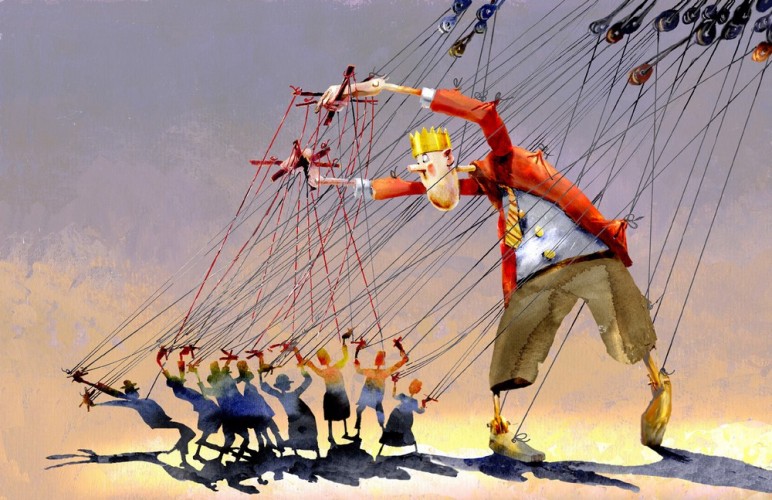
*****
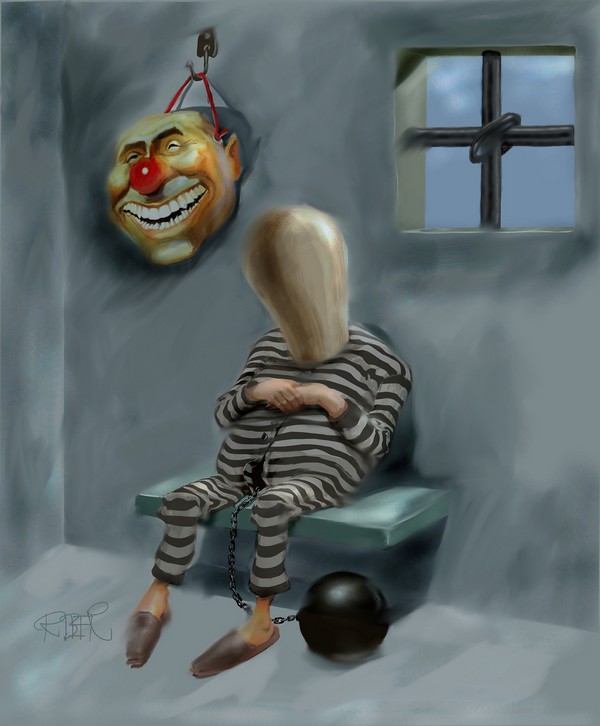
*****
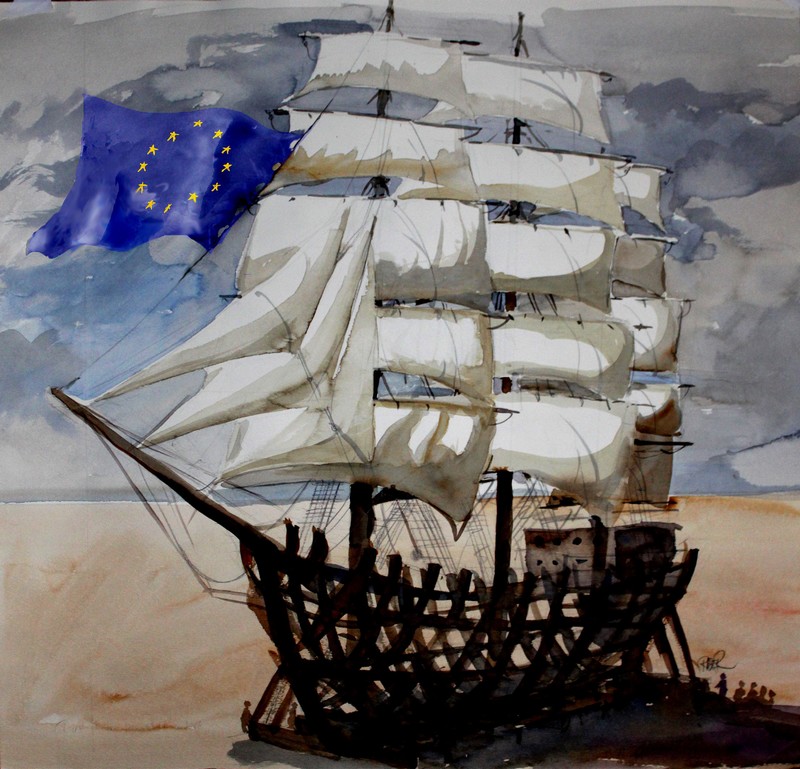
*****
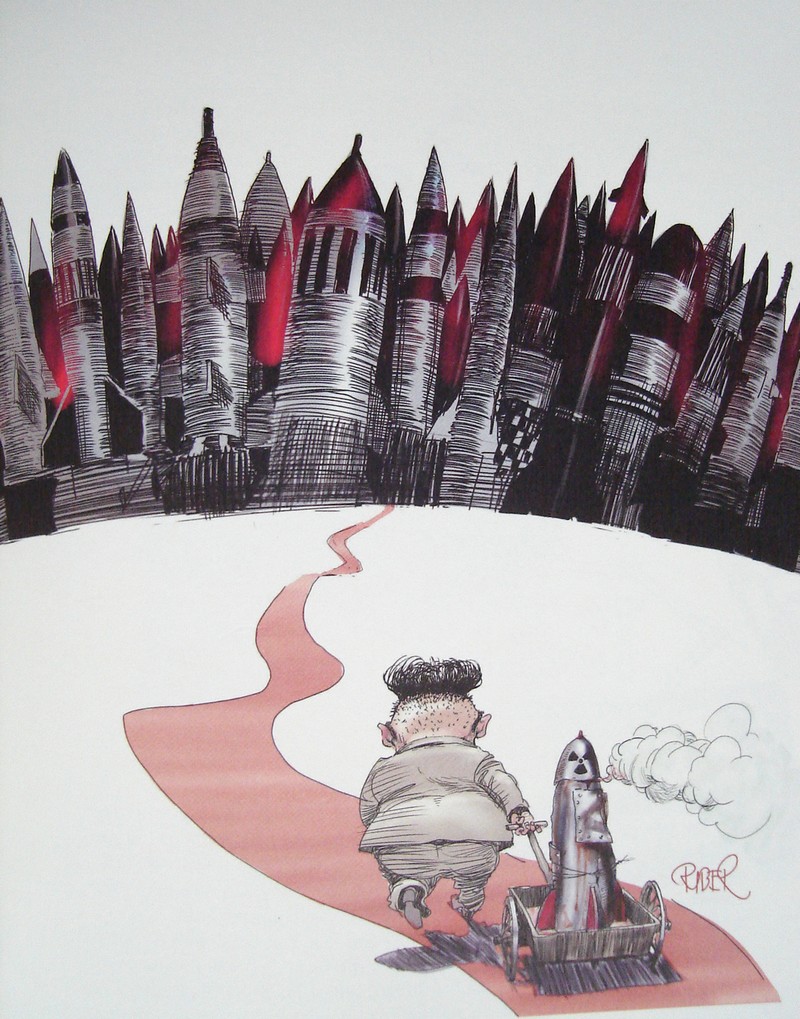
*****
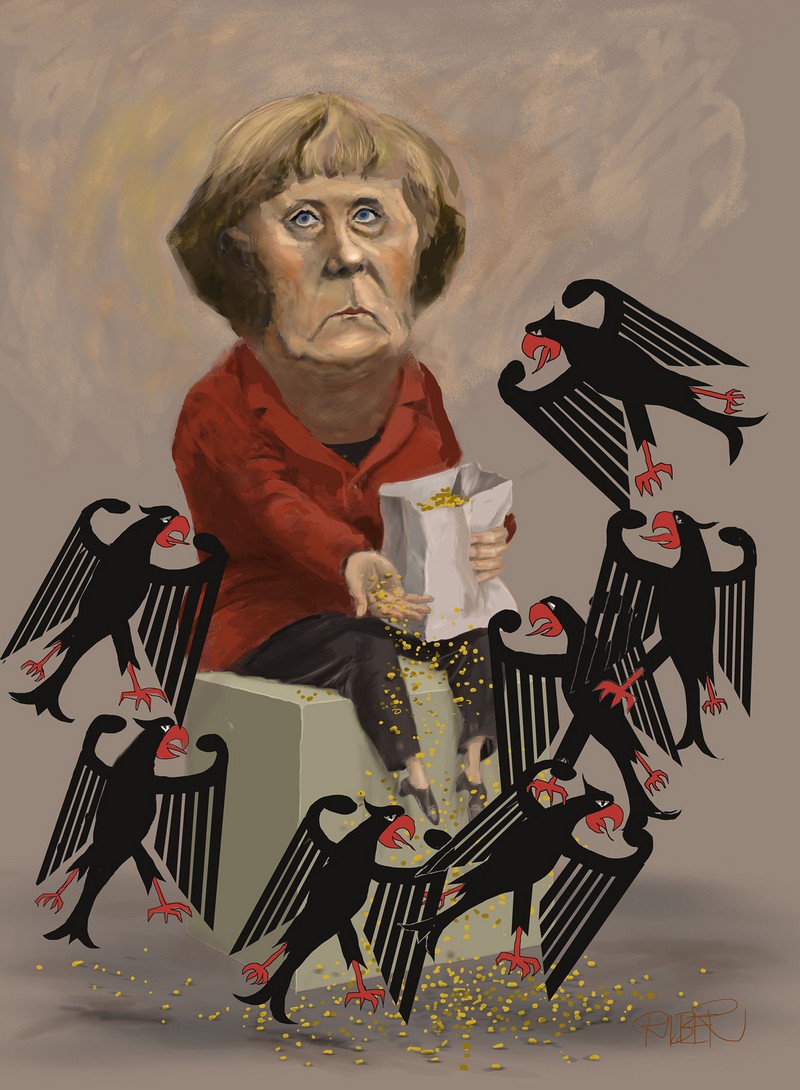
*****
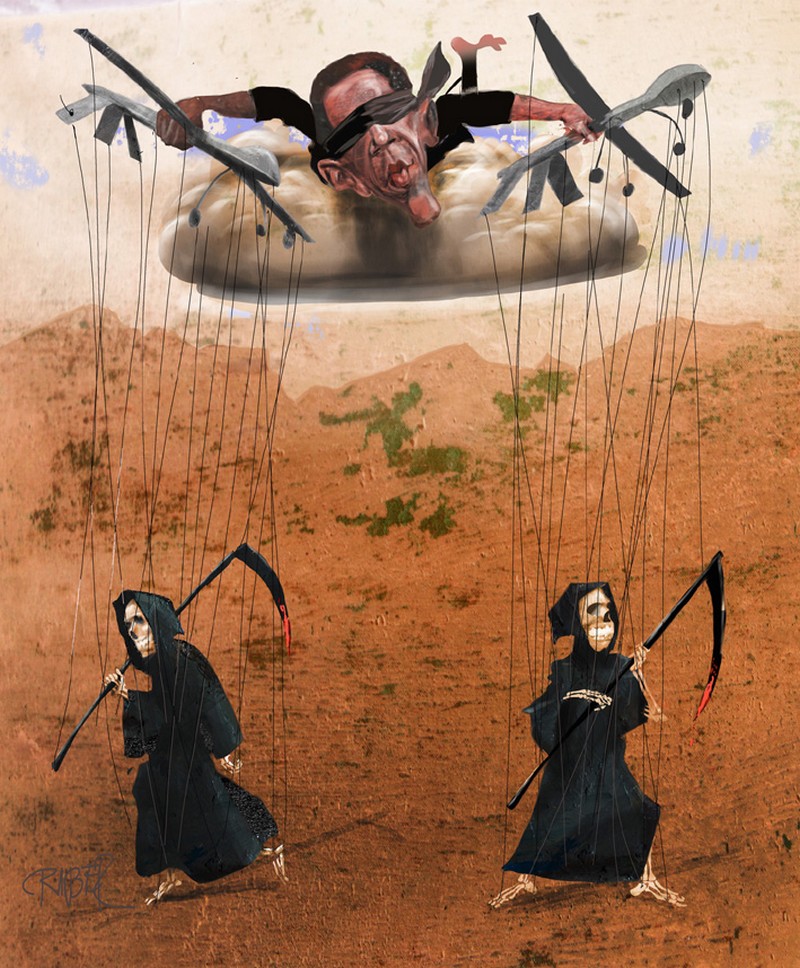
*****
* Author of the interview and photo is Francisco Punal Suarez – renowned spanish journalist and photographer
